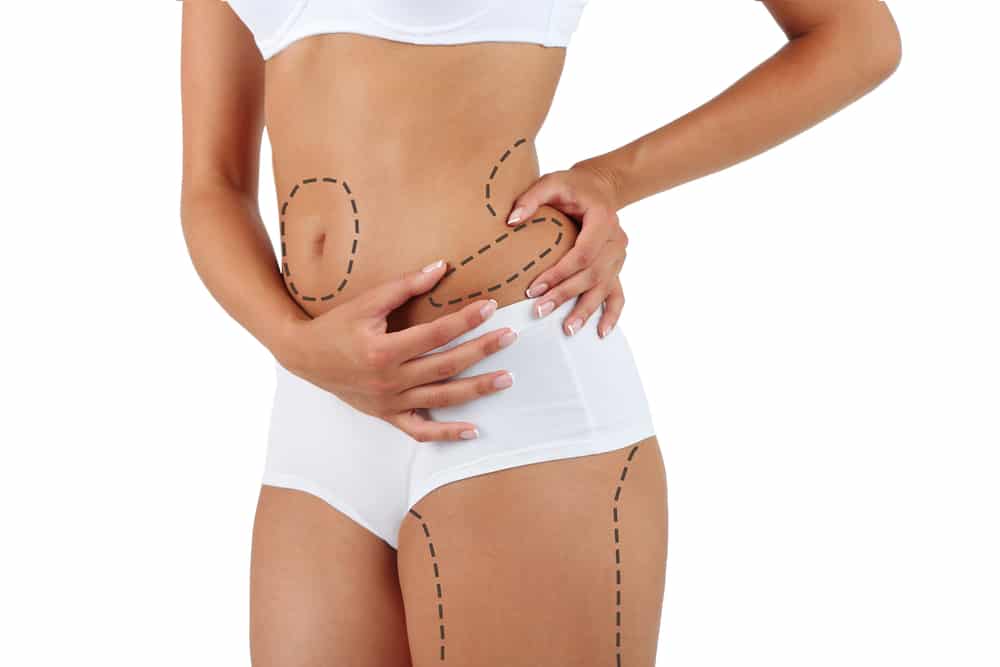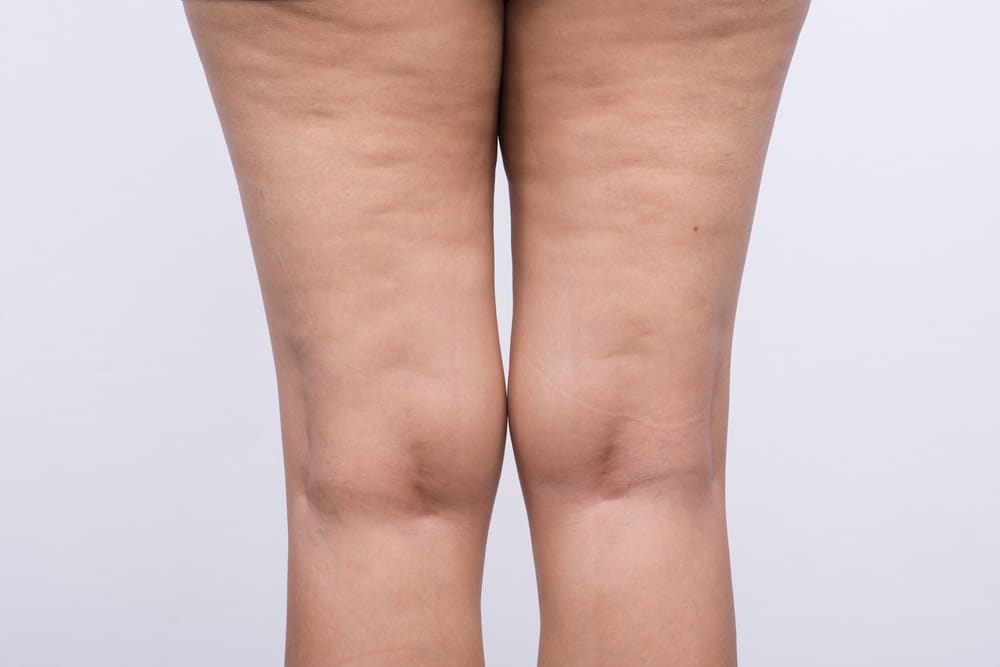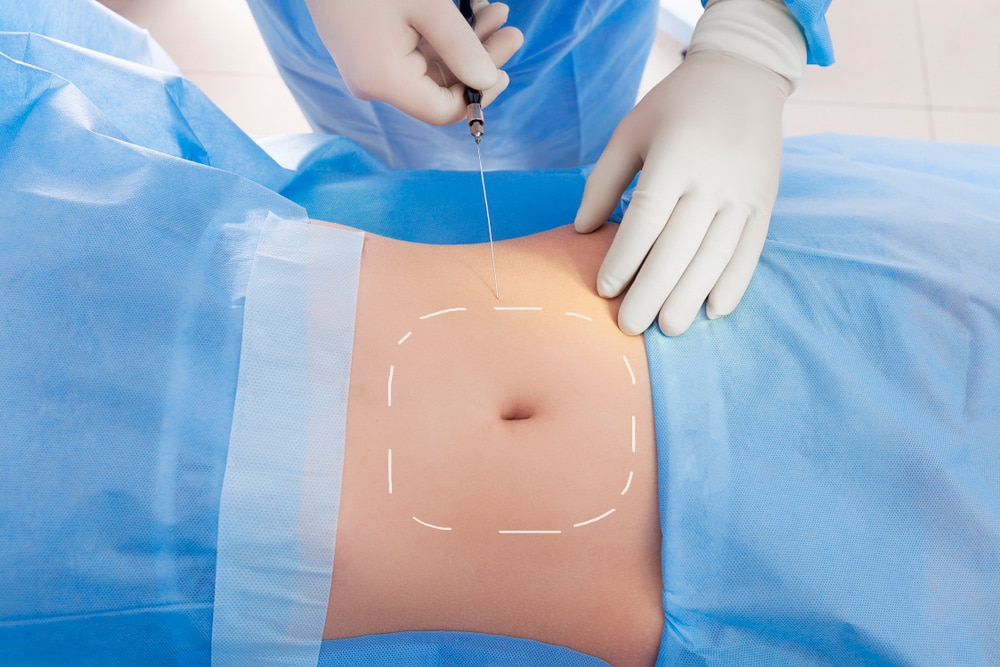Metabolism hacks have been a hot topic for ages. From ancient diets to modern fitness trends, people have always sought ways to boost their fat-burning potential. Today, science provides us with innovative strategies to address metabolic imbalances, enhance metabolism, and shed unwanted pounds.
Understanding how our bodies process food is key. Simple changes in diet and exercise can lead to remarkable results. Techniques like intermittent fasting and high-intensity workouts are game-changers. These future strategies not only help burn fat but also improve overall health. Dive into these metabolism hacks to unlock your body’s full potential and achieve your weight loss goals.
Key Takeaways
- Understand your metabolic processes to identify how your body burns fat and what factors influence it, such as age, genetics, and activity level.
- Incorporate natural methods like drinking water, getting enough sleep, and eating protein-rich foods to boost your metabolism daily.
- Focus on nutrition by choosing whole foods and healthy fats, which can enhance metabolic functions and support fat burning.
- Regular exercise, especially strength training and high-intensity workouts, can significantly increase your metabolic rate and improve fat loss.
- Stay informed about innovative techniques in fat burning, such as intermittent fasting or metabolic conditioning, to find what works best for you.
- Challenge common myths about metabolism to better understand effective weight loss strategies and adopt sustainable habits for long-term success.
Understanding Metabolic Processes
Energy Conversion
Metabolism involves converting food into energy. This energy fuels all bodily functions. The body breaks down carbohydrates, proteins, and fats through various metabolic processes. These processes release energy stored in food. Cells use this energy for growth, repair, and maintenance.
Role of Enzymes
Enzymes play a crucial role in metabolism. They act as catalysts that speed up chemical reactions. Each metabolic pathway has specific enzymes that facilitate the conversion of substrates into products. Hormones also regulate these pathways. For instance, insulin helps cells absorb glucose after eating. This process is essential for maintaining metabolic stability.
Hormonal Regulation
Hormones like glucagon and cortisol influence how the body uses energy. Glucagon raises blood sugar levels when they drop too low. Cortisol, often released during stress, can affect fat storage. Understanding these hormonal impacts is vital for managing metabolic changes.
Basal Metabolic Rate (BMR)
Basal metabolic rate (BMR) measures the number of calories burned at rest. It accounts for the largest portion of daily energy expenditure. Factors affecting BMR include age, sex, weight, and muscle mass. Higher muscle mass typically leads to a higher BMR. This means more calories burned even when not active.
Impact of Lifestyle
Lifestyle choices impact metabolic processes significantly. Regular exercise increases muscle mass and boosts BMR. A balanced diet supports healthy metabolism by providing essential nutrients. Conversely, a lack of physical activity can lead to metabolic imbalances. Poor dietary habits may result in metabolic disorders over time.
Stress and Metabolism
Metabolic stress occurs when the body’s demands exceed its ability to adapt. Chronic stress can disrupt hormonal balance and affect metabolism negatively. This disruption can lead to weight gain or difficulty losing weight. Recognizing stressors is important for maintaining metabolic health.
Examples of Metabolic Disorders
Several conditions fall under the umbrella of metabolic disorders. Diabetes is one significant example where insulin regulation fails. Obesity also reflects an imbalance in energy intake and expenditure. These disorders highlight the importance of understanding metabolic foundations.
Importance of Balance
Maintaining balance in metabolism is essential for overall health. Both physical activity and nutrition contribute to this balance. Adequate sleep also plays a role in regulating hormones that affect metabolism.
Natural Ways to Boost Metabolism
Physical Activity
Regular physical activity plays a key role in fast tracking metabolism. Activities like walking, cycling, or jogging can increase calorie burning. Engaging in these exercises helps build muscle. Muscle burns more calories than fat even at rest.
Short bursts of high-intensity workouts can also be effective. This method is known as High-Intensity Interval Training (HIIT). It can elevate heart rate and boost metabolic rate for hours after exercise.
Protein-Rich Foods
Incorporating more protein-rich foods can enhance the thermic effect of food. Proteins require more energy to digest compared to fats or carbohydrates. Eating lean meats, beans, and legumes can support this process.
Aim for a balanced diet that includes protein at every meal. This approach not only helps with calorie foods but also promotes muscle repair and growth. A higher protein intake can help maintain a healthy metabolism.
Hydration
Staying hydrated is crucial for optimal metabolic function. Water aids digestion and helps transport nutrients in the body. Dehydration can slow down metabolism and lead to fatigue.
Drinking cold water may provide an extra boost. The body burns additional calories warming the water to body temperature. Aim for at least eight glasses of water daily to stay hydrated.
Sleep Quality
Quality sleep is essential for a healthy metabolism. Poor sleep affects hormone levels that regulate hunger and appetite. Lack of sleep can lead to increased cravings for sugar and unhealthy foods.
Establishing a regular sleep schedule promotes better metabolic health. Aim for seven to nine hours of quality sleep each night. This practice supports overall well-being and enhances fat-burning processes.
Green Tea
Green tea has been shown to increase metabolism slightly. It contains catechins that may help burn additional calories, especially during exercise. Drinking green tea regularly can complement other strategies for boosting metabolism.
Consider replacing sugary drinks with green tea for added benefits. This switch can reduce sugar intake while still providing a refreshing beverage option.
Role of Nutrition in Metabolism
Balanced Diets
Balanced diets play a crucial role in metabolic health. A diet rich in the right macronutrients supports a healthy metabolism. Carbohydrates, fats, and proteins must be consumed in proper ratios. Each macronutrient provides energy and supports bodily functions.
Dietary protein is particularly important. It helps build and repair tissues. Protein also has a higher thermic effect compared to fats and carbs. This means the body burns more calories digesting protein than other nutrients. Including lean meats, legumes, and dairy can boost your intake.
Healthy fats are beneficial too. They provide energy and support cell growth. Foods like avocados, nuts, and olive oil contribute to overall metabolic efficiency. Carbohydrates should come from whole grains, fruits, and vegetables. These foods provide necessary fiber and vitamins.
Impact of Exercise on Metabolic Rate
Strength Training
Strength training is effective for increasing the resting metabolic rate. This type of exercise builds muscle mass. Muscle burns more calories than fat, even at rest. Research shows that gaining just three pounds of muscle can increase daily calorie expenditure by about six to ten calories per day. Over time, these small increases add up significantly.
Incorporating strength training into a weekly routine is essential. Aim for at least two sessions per week. Focus on major muscle groups like legs, back, and chest. Exercises such as squats, deadlifts, and bench presses are beneficial. They stimulate multiple muscles simultaneously, enhancing overall energy expenditure.
High-Intensity Interval Training (HIIT)
High-intensity interval training (HIIT) has a unique effect on metabolism. It involves short bursts of intense activity followed by rest or lower-intensity periods. Studies indicate that HIIT can elevate the metabolic rate for hours after exercise. This phenomenon is known as the metabolic hit.
For example, a 30-minute HIIT workout may increase calorie burning long after the session ends. One study found that participants burned 15% more calories post-exercise compared to steady-state cardio. Including HIIT in your fitness routine can maximize calorie expenditure in less time.
Active Lifestyle Benefits
Maintaining an active lifestyle offers long-term metabolic benefits. Regular physical activity helps regulate hormones related to appetite and metabolism. Activities like walking, cycling, or swimming keep the body engaged.
Research shows that those who stay active have better metabolic rates than sedentary individuals. Even light activities contribute positively to overall energy expenditure. For instance, taking the stairs instead of the elevator can make a difference.
An active lifestyle reduces the risk of chronic diseases such as obesity and diabetes. It promotes better cardiovascular health and enhances overall well-being. Staying active leads to improved mood and energy levels too.
Innovative Techniques for Fat Burning
Intermittent Fasting
Intermittent fasting is a popular method to enhance fat oxidation. This approach involves cycling between periods of eating and fasting. Research shows that this can help the body burn fat more efficiently. During fasting, insulin levels drop, which promotes fat breakdown.
Studies indicate that intermittent fasting may also improve metabolic flexibility. This means the body becomes better at switching between burning fats and carbohydrates for fuel. Many people find it easier to stick to this eating pattern compared to traditional diets.
Cold Exposure
Cold exposure activates brown fat, which is a type of fat that burns calories. Unlike white fat, which stores energy, brown fat generates heat by burning calories. Cold showers or ice baths can stimulate this process.
A study published in 2014 showed that just two hours of cold exposure increased calorie burn significantly. People who regularly expose themselves to cold may see improvements in their fat loss journey. This technique can be an effective complement to exercise routines.
Wearable Technology
Wearable technology plays a crucial role in monitoring metabolic health. Devices like fitness trackers provide real-time data on heart rate and activity levels. This information helps individuals understand their calorie expenditure.
e wearables also track sleep patterns. Quality sleep is essential for optimal metabolism and fat burning. By analyzing this data, users can make informed decisions about their diet and exercise routines.
These devices can motivate people to stay active throughout the day. They encourage movement, which directly impacts fat mass increases and overall health.
Nutrition Choices
Nutrition choices also affect fat metabolism. Eating whole foods rich in nutrients supports metabolic function. Foods high in protein can boost metabolism as they require more energy to digest.
Incorporating healthy fats into meals can also be beneficial. Foods like avocados and nuts provide essential fatty acids that promote satiety. This keeps hunger at bay, making it easier to maintain a caloric deficit for fat loss.
Mindful Eating
Mindful eating encourages awareness of food choices and portion sizes. It helps prevent overeating by promoting slower eating habits. Paying attention to hunger cues allows individuals to recognize when they are full.
Practicing mindful eating can lead to healthier food choices over time. This approach aligns well with other strategies aimed at enhancing metabolism and reducing fat mass increases.
Future Trends in Metabolic Research
Personalized Nutrition
Researchers are making strides in personalized nutrition. Genetic profiling will soon play a crucial role in this area. Individuals may receive tailored dietary plans based on their unique genetic makeup. This approach could optimize metabolism and enhance fat-burning efficiency.
Studies show that genetics influence how our bodies process food. For example, some people metabolize carbohydrates quickly, while others do not. Understanding these differences can lead to more effective weight management strategies. As research continues, expect personalized diets to become mainstream.
Gut Microbiome Insights
The gut microbiome significantly impacts metabolism. Recent studies suggest that the types of bacteria in our intestines can affect how we burn energy. A healthy gut microbiome might enhance metabolic processes and improve overall health.
Researchers are exploring ways to manipulate gut bacteria through diet or probiotics. This could lead to breakthroughs in treating metabolic disorders. For instance, certain strains of bacteria may increase energy expenditure and promote fat loss. The future may see targeted therapies that harness the power of the gut microbiome for better metabolic health.
Pharmaceutical Developments
Advancements in pharmaceuticals targeting metabolic disorders are on the horizon. New drugs aim to regulate metabolism and support weight loss. These medications could help those struggling with obesity or other metabolic issues.
Recent studies have focused on compounds that boost thermic effect of food (TEF). TEF refers to the energy expended during digestion and absorption of food. By increasing TEF, these drugs may enhance calorie burning after meals.
Researchers are investigating medications that mimic exercise effects on metabolism. Some drugs may activate similar pathways as physical activity, helping individuals who cannot exercise due to health constraints.
Daily Activity Patterns
Emerging research highlights the importance of daily activity patterns in metabolism. Studies indicate that spreading exercise throughout the day may be more effective than one intense workout session. Short bursts of activity can keep metabolism active over time.
Understanding how timing impacts metabolism can lead to better strategies for fat burning. For example, exercising at specific times may maximize energy use and fat oxidation.

Common Myths About Metabolism
Metabolism Change
Many believe that metabolism cannot be changed or improved. This is false. Normal metabolism can be influenced by various factors, including diet and exercise. Engaging in strength training can boost muscle mass. More muscle increases the number of calories burned at rest. This means individuals can enhance their metabolic rate over time.
Age and Metabolism
Another common myth is that metabolism slows down significantly with age. While it is true that metabolic rate generally decreases as people grow older, the decline is not as drastic as often believed. Studies show that lifestyle choices play a critical role. Regular physical activity helps maintain a healthy metabolism even in older adults.
Foods and Metabolism
e think that certain foods can drastically speed up metabolism. This belief leads many to seek out “fat-burning” foods. However, the effect of these foods is often exaggerated. For instance, while protein-rich foods may have a slight thermogenic effect, they do not lead to significant weight loss on their own.
The idea that consuming spicy foods or green tea will cause substantial fat loss is misleading. These items can provide minor boosts but are not miracle solutions for weight management. The overall diet and lifestyle are far more important than any single food item.
Maximum vs. Slow Metabolism
People often categorize themselves based on having a fast metabolism or a slow metabolism. This categorization oversimplifies complex processes. Genetics does play a role in determining metabolic rate, but it is not the only factor. Environmental influences and personal habits also contribute significantly.
Those with a slow metabolism might feel discouraged about weight loss efforts. They should recognize that small changes can make a difference over time. Even modest adjustments to daily routines can lead to improvements in metabolic health.
Sustainable Weight Loss Strategies
Gradual Changes
Advocating for gradual lifestyle changes is essential. Quick-fix diets often lead to temporary results. They can also cause weight gain once normal eating resumes. Instead, focus on making small, sustainable adjustments. This approach helps in achieving long-term fat weight loss. Incorporate more nutritious foods into daily meals. Aim for a balanced diet that includes fruits, vegetables, whole grains, and lean proteins.
Setting realistic goals is crucial for success. Goals should be specific and achievable. For example, aim to lose one to two pounds per week. This pace allows for healthy habits to develop without feeling overwhelmed. Tracking progress can help maintain motivation. Keep a food diary or use apps to monitor calorie intake and exercise. Seeing progress can boost confidence and encourage continued efforts.
Overcoming Plateaus
Weight loss plateaus are common during any diet plan. They occur when the body adapts to a calorie deficit. To overcome these stalls, consider adjusting your strategies. Increase physical activity levels or change workout routines. Adding strength training can build muscle and increase metabolism.
Dietary changes also play a role in breaking through plateaus. Sometimes, people don’t eat enough calories, which can hinder progress. Ensure you consume enough calories to support your energy needs while still maintaining a calorie deficit for weight loss.
Mental Well-Being
Mental well-being significantly impacts weight loss efforts. Stress can lead to emotional eating or cravings for unhealthy foods. Managing stress is vital for staying on track with your plan. Techniques like mindfulness, yoga, or meditation can help reduce stress levels.
Fostering a positive mindset promotes healthier eating habits. Focus on what you can achieve rather than what you cannot eat. Celebrate small victories along the way, such as sticking to your meal plan or choosing nutritious snacks.
Consistent Meal Plans
Creating consistent meal plans supports dietary changes effectively. Planning meals ahead of time reduces the temptation of unhealthy choices. Include a variety of foods to keep meals exciting and satisfying. This approach helps ensure that you receive all necessary nutrients while adhering to your calorie diet.
Incorporate enough calories throughout the day to prevent hunger pangs. Skipping meals often leads to overeating later on. A balanced meal plan encourages steady energy levels and supports overall health.
Closing Thoughts
You’ve explored various strategies to boost your metabolism and burn fat effectively. From understanding metabolic processes to debunking myths, it’s clear that knowledge is power. Embracing natural methods, nutrition, and exercise can transform your approach to weight loss. Plus, staying updated on innovative techniques ensures you’re ahead of the curve.
Now’s the time to take action. Experiment with these metabolism hacks in your daily routine. Track your progress and adjust as needed. Remember, sustainable weight loss is a journey, not a sprint. By implementing these strategies, you empower yourself to achieve lasting results. So, get started today and make those changes count!
Frequently Asked Questions
What is metabolism?
Metabolism refers to the body’s biochemical processes that convert food into energy. It involves breaking down nutrients and utilizing them for growth, repair, and maintaining bodily functions.
How can I naturally boost my metabolism?
You can boost your metabolism by incorporating strength training, staying hydrated, eating protein-rich foods, and getting enough sleep. These strategies enhance calorie burning and support overall metabolic health.
Does nutrition affect metabolism?
Yes, nutrition plays a crucial role in metabolism. Consuming balanced meals with adequate proteins, healthy fats, and complex carbohydrates can optimize energy levels and improve metabolic efficiency.
What types of exercise are best for increasing metabolic rate?
High-Intensity Interval Training (HIIT) and strength training are particularly effective for increasing metabolic rate. They promote muscle growth and elevate calorie burn even after workouts.
Are there any innovative techniques for fat burning?
Emerging techniques include intermittent fasting, cold exposure, and advanced supplements like green tea extract. These methods can enhance fat oxidation and improve metabolic flexibility.
What are common myths about metabolism?
Common myths include the belief that metabolism is solely genetic or that skipping meals significantly boosts it. In reality, lifestyle factors like diet and exercise play a more substantial role.
How can I achieve sustainable weight loss?
Sustainable weight loss requires a balanced approach: focus on a nutritious diet, regular physical activity, and behavioral changes. Aim for gradual progress rather than quick fixes to ensure long-term success.











